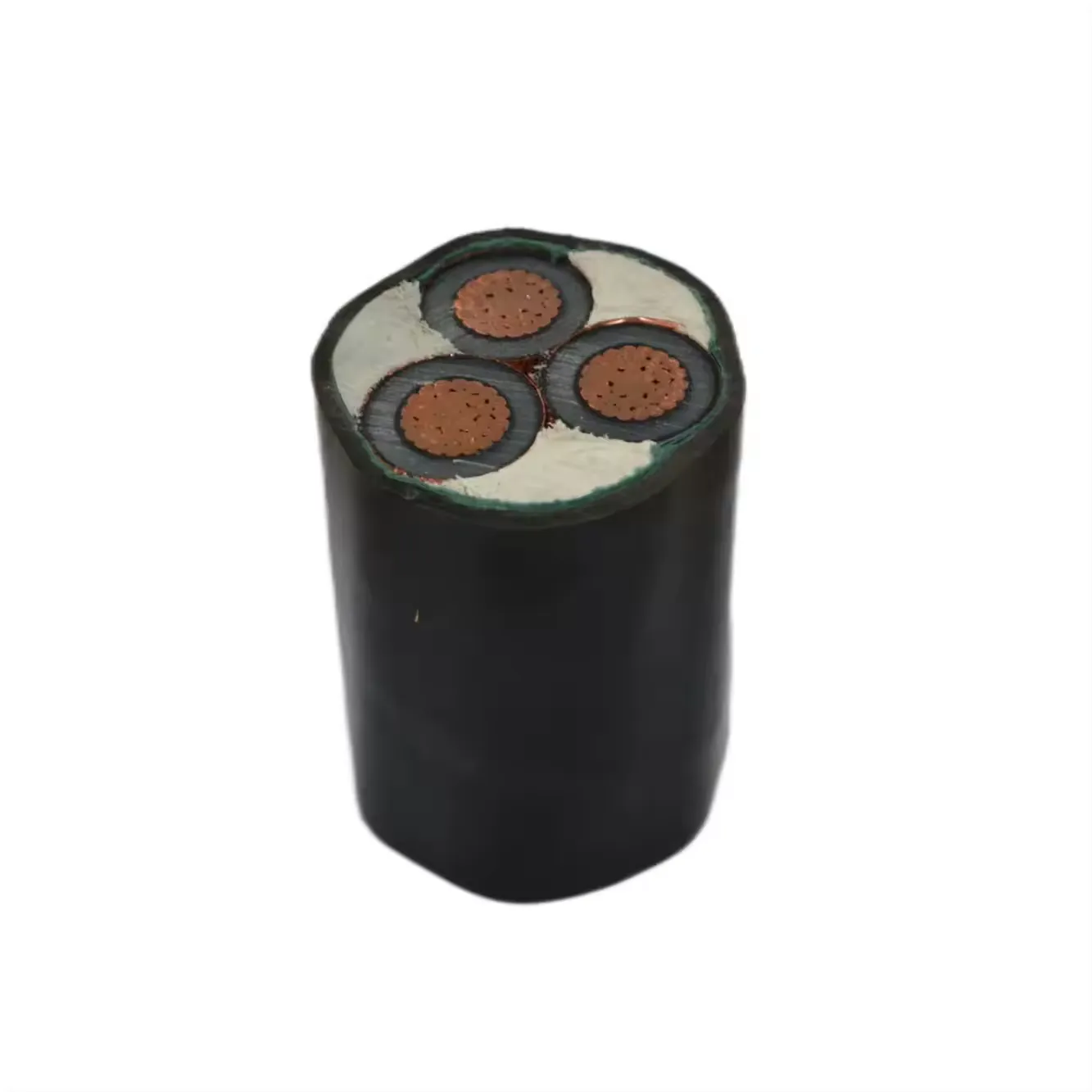Time: 2025-05-01 06:37:12 Source: Henan Province Jianyun Cable Co., Ltd.

Cu/XLPE/PVC cables are a type of low-voltage power cable widely used in electrical installations. The designation stands for:
These cables are known for their durability, thermal resistance, and suitability for various environments.
The core of the cable is made of copper, chosen for its excellent electrical conductivity and flexibility. Copper conductors can be solid or stranded, depending on the application's requirements.
Surrounding the copper conductor is a layer of cross-linked polyethylene (XLPE) insulation. XLPE offers superior thermal and mechanical properties, allowing the cable to operate at higher temperatures and voltages compared to traditional insulation materials.
The outermost layer is made of PVC, providing mechanical protection, environmental resistance, and flame retardancy. PVC sheathing safeguards the internal components from physical damage and environmental factors.
Cu/XLPE/PVC cables are versatile and used in various settings, including:
Typical specifications for Cu/XLPE/PVC cables include:
Cu/XLPE/PVC cables offer several benefits:
Cu/XLPE/PVC cables are a reliable choice for various electrical installations, offering a combination of excellent electrical properties, thermal resistance, and mechanical strength. Their compliance with international standards ensures safety and performance across multiple applications.